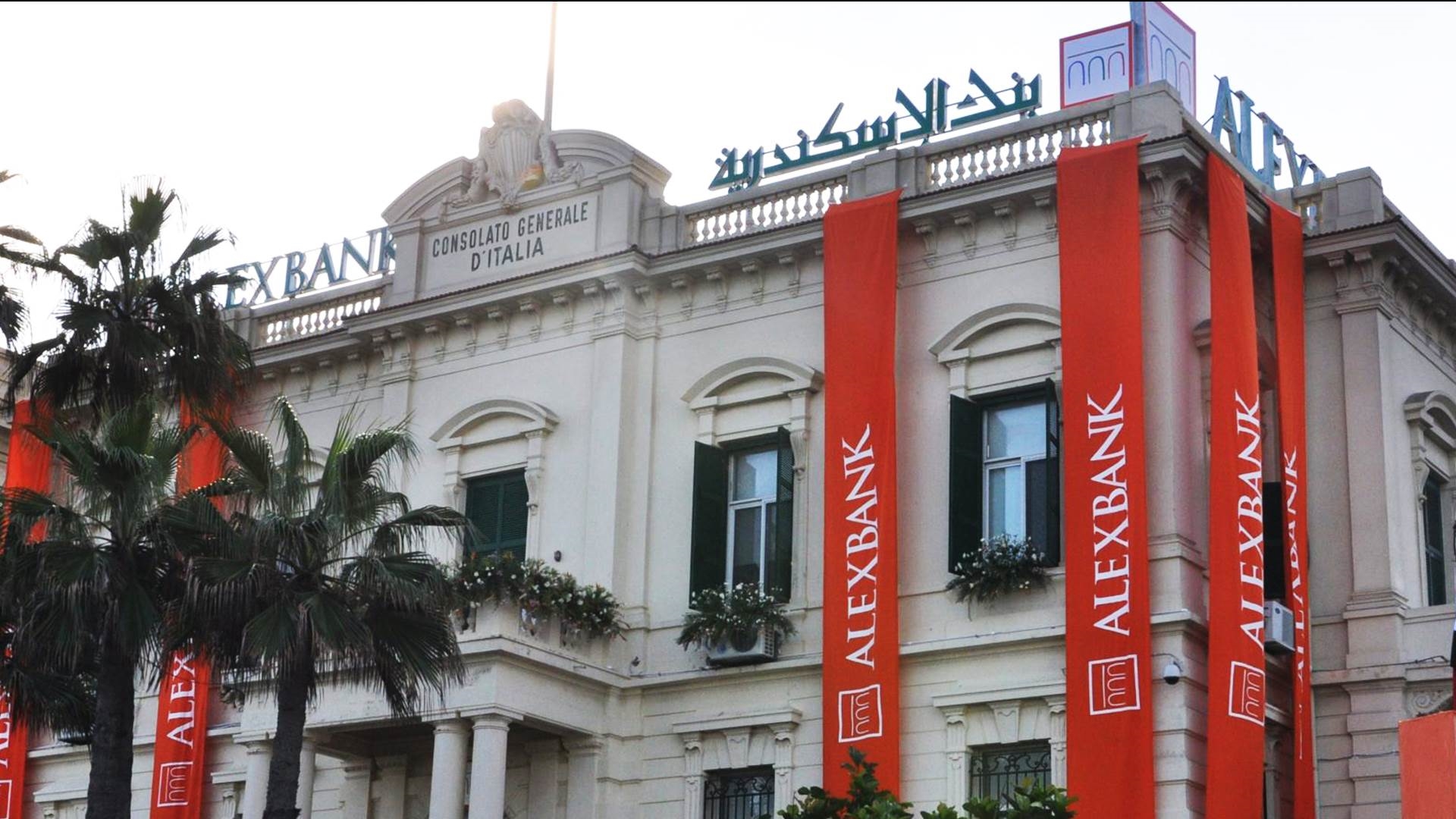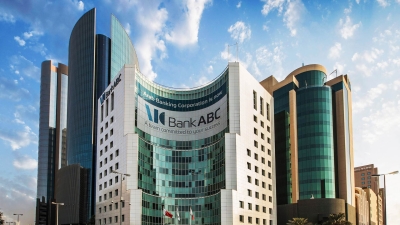Sharp decline in Alex Bank’s resource employment, its rate reaches to 56.37% by June 2024-End
First Bank

The separate financial statements of Alex Bank for the financial period ended June 30 revealed that the Bank's resource employment rate fell to 56.37% by the end of the first half of this year, compared to 68.81% by the end of 2023.
This indicator, launched by the Research Centre of First Bank, measures the employment rate of traditional resources (deposits + equity), in (loans + financial investments) of banks operating in the Egyptian banking sector.
The sharp decline in the Bank's resource employment rate during the first half of this year reflects Alex Bank's conservative policy towards resource employment during this period, which strengthened the Bank's move away from the average resource employment rate for banks operating in the sector of more than 93%, while the Bank recorded only 56.37%.
The Bank has employed EGP 96.6 billion from its traditional resources, which recorded EGP 171.4 billion by the end of June 2024, in the loan and financial investments with EGP 71.9 billion for total customer loans, and EGP 24.7 billion for financial investments, compared to employing EGP 105.4 billion of its traditional resources, which recorded EGP 153.1 billion by the end of 2023 in both loans and financial investments, with EGP 41.4 billion for financial investments, and EGP 63.9 billion for total customer loans.
In the distribution of the traditional resources of Alex Bank at the end of June 2024, the value of the deposit portfolio was EGP 148.6 billion, while equity recorded on EGP 22.8 billion.
The Bank's deposit employment rate increased to 48.36% by the end of June 2024, compared to 47.95% by the end of 2023
While the deposit employment rate for financial investments fell to 16.65% by the end of the second quarter of 2023 compared to 31.07% by the end of 2023.
This suggests the probability that the Bank may re-evaluate its investment strategies, and may move towards safer or less volatile investment instruments, reflecting a desire to reduce the risks associated with financial markets.












